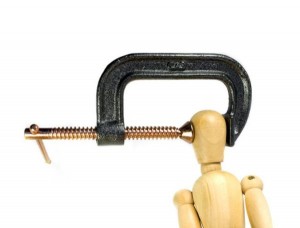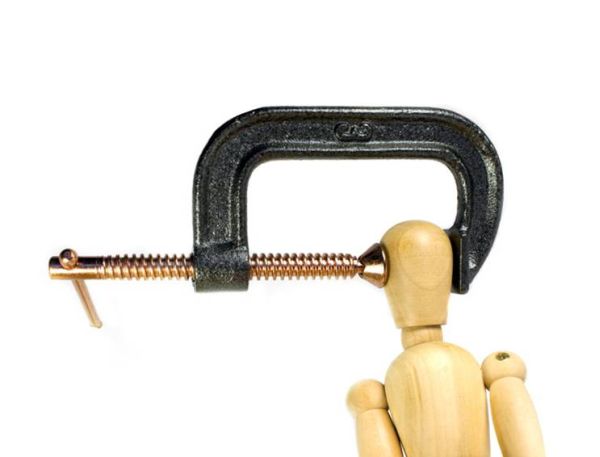Migraine headaches are often described as throbbing, pounding or pulsating pain, usually at one side of the head, but may also occur on both sides. Pain may also affect the whole head or transfer from one side to another. It is the second most common type of primary headache. Migraine headaches are different from tension headaches, also a type of primary headache. Tension headaches are headaches that still permit the person continue in their activities, whereas, usually, in migraines, the pain hinders the person from pursuing activity. In contrast to men, women are said to experience migraines three times more frequent.
Phases of Migraines in Adults
Migraine has four phases: prodome, aura, pain and resolution.
- Prodome
- Warning signs that migraine is coming
- Symptoms: altered mental state, such as confusion and irritability, and physical signs, such as diarrhea and thirst
- May experience symptoms as early as 24 hours before onset of migraine attack
- Aura
- Infrequent visual symptoms
- Generally persists for an hour
- Pain
- The actual pain of migraine
- May last from a few hours to days
- Resolution
- Post migraine attack, symptoms may persists, such as some may feel deep fatigue and overall sickness which can last up to 24 hours
Causes of Migraines in Adults
The exact cause of migraines is unknown. However, it is assumed to be due to genes that regulate brain cells activity.Many things can trigger a migraine in adults. It varies from person to person. Some of the common triggers include:
- Lack of sleep or food
- Stress and anxiety
- Chocolate
- Certain odor
- Heat
- Smoking
- Exposure to light
- Hormonal changes (in women)
- Premenstrual migraines
- Birth control pills
Symptoms of Migraines in Adults
Usually, the typically intense pain associated with migraine attacks occur in various combinations with other symptoms. These symptoms can be exacerbated by doing normal activities, such as walking quickly.
- Nausea and vomiting
- Abdominal pain
- Loss of appetite
- Sensitivity to light, scents or noise
- Blurred vision
- Very warm or cold sensations
- Dizziness
- Fatigue
- Paleness
- Aura (feelings or symptoms observed before onset of migraine attack)
- bright flashing lights or dots, blind spots, wavy or jagged lines
How to Manage Migraines in Adults
Medications are available to help prevent migraines or help ease symptoms of 
- Find out what elicits migraine and stay away from the trigger.
- When migraine symptoms begin, treat the symptoms right away to avoid aggravating the headache. Begin by resting in a quiet, dark room. Stay away from stressful environments.
- Drink plenty of water to avoid dehydration.
- Place an ice pack on the forehead.
- Take over-the-counter medication such as acetaminophen and non-steroidal anti-inflammatory drugs (NSAIDs), either aspirin or non-aspirin.
- If one has relaxation techniques, such as yoga, meditation or even acupuncture, follow them.
Migraine attacks can quickly progress to being severe especially if not treated early. Management for migraine in adults and in children differ, thus it is highly suggested to join in first aid courses to learn how to give adequate treatment for victims of different ages.

